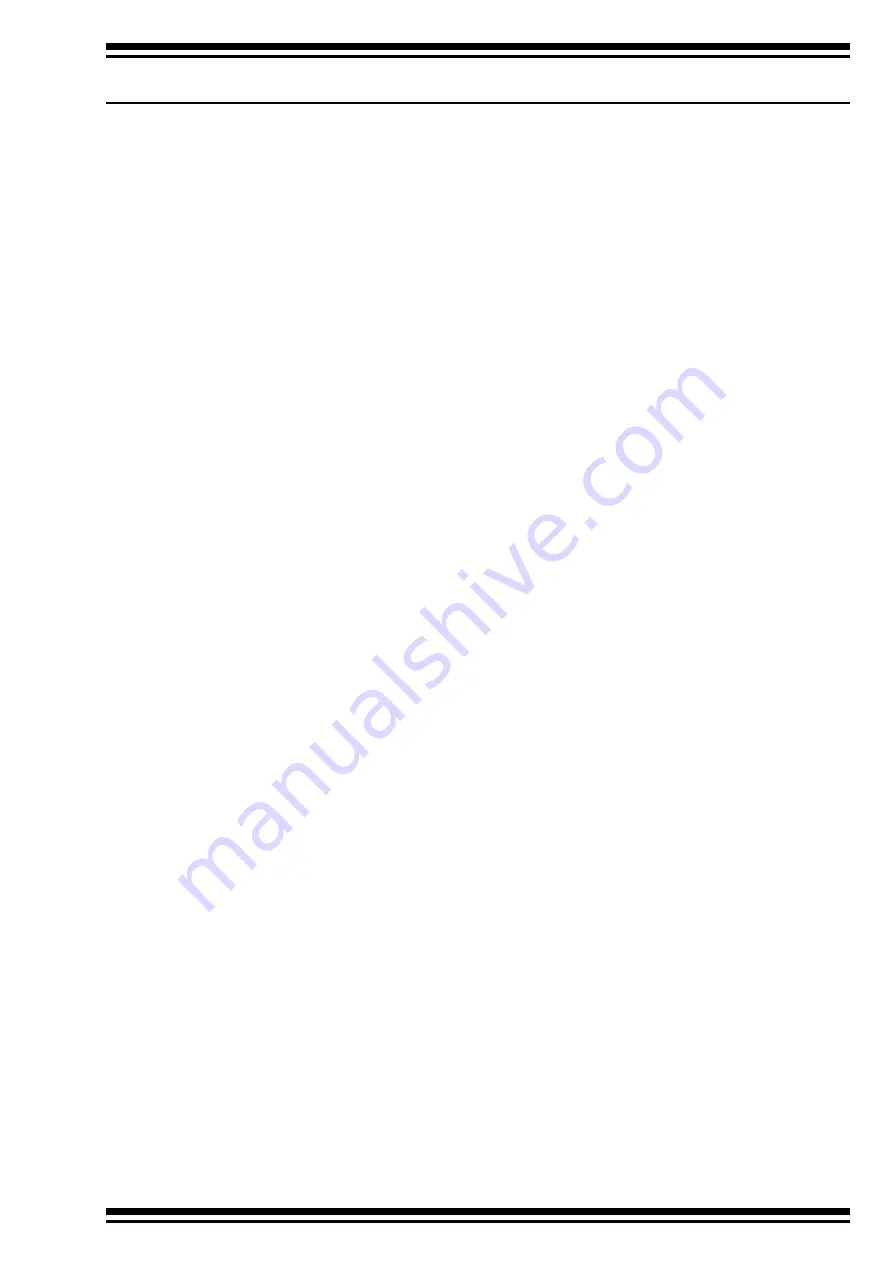
Kapitel 6
Underhåll
Chapter 6
Maintenance
Kapitel 6
Service
Vid inrullning av seglet
Rulla det inte för hårt, seglet kan då få
permanenta veck och dessutom hindras
luftcirkulationen. Ha hela tiden ett lätt
drag på skotet för att undvika att seglet
fladdrar vid inrullning. Krafterna är
betydande, så försäkra dig om att seglet
är sträckt när det rullas in. Undvik att
förliket rynkas (se fallspänning).
När seglet är inrullat
Det inrullade seglet måste skyddas från
solljus. Det skall täckas över, även om
det är tillverkat av UV-behandlad duk.
En lämplig skyddsduk är gjord av ett
tunt, mjukt material som andas.
Skyddsdukan skall kunna snöras tätt
runt det inrullade seglet, så att seglet
inte fladdrar eller utsätts för regn. Om
seglet skall vara inrullat en längre period
måste det vara torrt. När du torkar
seglet, låt det inte hänga och fladdra.
Fallspänning
Segel gjorda av laminerad segelduk tål
mindre fallspänning än de traditionella,
vävda seglen. Eftersom seglets form är
inbyggd i seglet behövs endast måttlig
fallspänning, d v s tillräcklig för att
avlägsna alla horisontella veck. För hög
fallspänning kan förvanska seglets form
eller till och med töja ut materialet.
Ultraviolett strålning (UV)
Duken är behandlad för att få ett UV-
beständigt ytskikt och har en bra
motståndskraft mot solljus. Ytskiktet
kan dock skavas bort om seglet får
skava mot masten eller riggen. Skydda
seglet mot solljus då det inte används.
Rolling in the sail
Do not roll in the sail too tight, as it
might develop permanent creases. The
circulation of air is also hindered if the
sail is rolled too tight. When rolling in,
keep a light pull at the sheet to prevent
the sail from flapping. The forces are
considerable, so make sure that the sail
is flat when rolled in. Avoid to crease
the luff (please see halyard tension).
Halyard tension
It is recommended to use less halyard
tension when using sails made from
laminated sail cloth then normal for
traditional, woven sails. Since the
shape of the sail is integrated in the sail,
only a moderate halyard tension is
necessary, i.e. sufficient to avoid all
horizontal creases. Too strong halyard
tension might damage the shape of the
sail or even stretch the cloth.
Ultraviolet radiation (UV)
The cloth is treated to achieve a UV
resistant surface and has good
durability against sunlight. The UV
resistant surface might be worn away if
the sail is chafing against the mast or
the rigging. Protect the sail against
sunlight when not in use.
Einrollen des Segels
Das Segel
sollte
nicht zu fest
gerollt
werden. Das könnte nachhaltige Falten
verursachen und die Luftzirkulation
verhindern. Achten Sie darauf, daß die
Schot leicht gespannt ist um zu
vermeiden, daß das Segel beim Einrollen
flattert. Die Kräfte sind erheblich.
Ve
rgewissern Sie sich, daß das Segel
gestreckt ist, wenn es eingerollt wird.
Vermeiden Sie, daß das Vorliek
Falten
bildet (Siehe Fallspannung).
Wenn das Segel eingerollt ist
Das eingerollte Segel muß vor
Sonnenlicht geschützt werden. Es muß
bedeckt werden, auch wenn es aus UV-
beständigem Tuch hergestellt ist. Eine
geeignete Schutzpersenning besteht
aus schwerem, weichem und
luftdurchlässigem Material. Die
Persenning sollte das eingerollte Segel
dicht umschließen damit es nicht flattern
oder vom Regen naß werden kann. Soll
das Segel für längere Zeit eingerollt
werden, muß man es zuvor trocknen.
Vermeiden Sie, daß das Segel beim
Trocknen flattert.
Fallspannung
Segel aus laminiertem Tuch vertragen
weniger Fallspannung als herkömmlich
gewebte Segel. Da die richtige Form
dieser Segel schon bei der Herstellung
vorgegeben ist, reicht eine nur mäßige
Fallspannung aus, um horizontale Falten
zu vermeiden. Zu hohe Fallspannung
kann die Form des Segels negativ
beeinflussen oder sogar das Material
dehnen.
Ultraviolette Strahlung (UV)
Das Tuch ist behandelt um eine
Außenschicht zu erhalten, die guten
W iderstand gegen Sonnenbestrahlung
bietet. Diese Schicht kann jedoch
abgeschabt werden, wenn das Segel an
Mast oder Rigg scheuert. Schützen Sie
das Segel vor Sonnenlicht, wenn es
nicht benutzt wird.
When the sail is rolled-in
The rolled in sail must be protected from
sunlight. It should be covered, even if it
is made from anti-UV treated cloth. A
suitable protective cover should be
made from a heavy, soft “breathing“
material . The cover should be
adjustable to tightly cover the rolled-in
sail to prevent it from flapping or from
getting wet from rain. When drying the
sail, do not let it hang flapping.
-34-






















